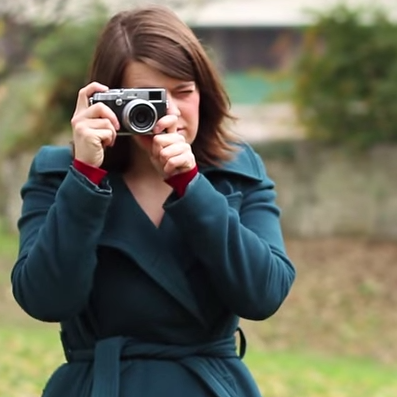Nikon Z 7II review
An evolution of Nikon’s top-line mirrorless camera, the Nikon Z 7II falls just short of greatness


There are lots to like about the Z 7II, and while it’s not a complete overhaul when compared to its predecessor, there have been some small but valuable upgrades. Particularly of interest to professionals and high-end enthusiasts is the addition of a secondary card slot, plus 4K 60p video. If you don’t need either of those specs, you can save cash by opting for the original Z7.
-
+
Dual card slots
-
+
4K video up to 60p
-
+
Excellent viewfinder
-
-
Screen only tilts, not articulates
-
-
Autofocusing for sport and action could be better
-
-
Relatively small upgrade from predecessor
Why you can trust T3

Designed to be an incremental upgrade from its predecessor, the Nikon Z 7II aims to address a lot of the criticisms that the original faced, making it more appealing to professionals and advanced amateurs.
This camera sits right at the top of Nikon’s line-up of mirrorless models, and as such it primarily appeals to those with a fairly large budget and the requirements of a professional-level camera. For those with a smaller budget - and less advanced needs - there’s also the Z 6II, which was announced at the same time as the Z 7II.
Several of the specifications of the original Z7 remain for the Z7 II, most notably, it uses the same sensor and more-or-less the same body design, to include the same screen and viewfinder. It’s not really a huge surprise to see Nikon keeping the best bits of its debut full-frame mirrorless, but the big news is the addition of a second card slot, which was perhaps one of the biggest bugbears of the original model.
We’re now a couple of years down the line with Nikon’s Z series, which means that the system has developed nicely. Those who buy this camera are faced with a much greater choice of lenses and accessories than those who were early adopters, so holding off might have been a sensible choice.
Let’s see how it stands up…

Nikon Z 7II Review: Design and Handling
Nikon has pretty much stuck to same design as the Z7 for its successor, the Z7 II. Place the two side by side and you’d be incredibly hard pushed to spot the difference. The only difference is the very slight tweak to include the second card slot, which adds just 25g to the weight. This isn’t a bad thing - one of the best things about the original camera was its excellent handling. With a nicely hefty grip, a decent array of sensibly arranged buttons and a flexible joystick, it’s a great camera to use. It also makes sense to keep the design the same for anybody who might be thinking of purchasing an additional camera to add to their line-up.
Almost all of the camera’s buttons and dials are grouped around the right side of the camera, which means you can control most of its settings using your thumb and forefinger. A notable exception is the large mode dial for jumping between shooting modes, with a couple of slots for saving groups of settings, which is found on the left hand side of the camera.
Get all the latest news, reviews, deals and buying guides on gorgeous tech, home and active products from the T3 experts
Two scrolling dials at the front and rear of the grip can be used for making changes to aperture and shutter speed, depending on the shooting mode that you’re in. There’s a good range of direct access buttons, including ISO, exposure compensation and a button for video recording. Several of the buttons can be customised to different settings if you have a preferred way of working. An “I” button on the back of the camera brings up a quick menu for navigating to often-used settings, and again, this quick menu can be customised to your own requirements.
As mentioned, the Z 7II uses the same screen and viewfinder setup as its predecessor. That means you get an 0.5-inch, 3960k-dot OLED viewfinder, which although no-longer class-leading is still great to use, giving a good view of the scene and with no hugely noticeable lag. Accompanying it is a 3.2-inch, 2100k-dot, tilting touch-sensitive screen. Although it’s handy to be able to tilt it into certain positions, those with a penchant for video recording (and possibly selfies) will remain disappointed that it can’t face forwards. Otherwise however, it’s a great screen, with touch-functionality well-implemented in conjunction with the physical buttons for good handling experience.
Another thing worth mentioning is the top-plate LCD, which you can use to quickly ascertain which settings have been selected. Here you’ll see aperture, ISO, how many shots you’ve got left, battery life and so on.
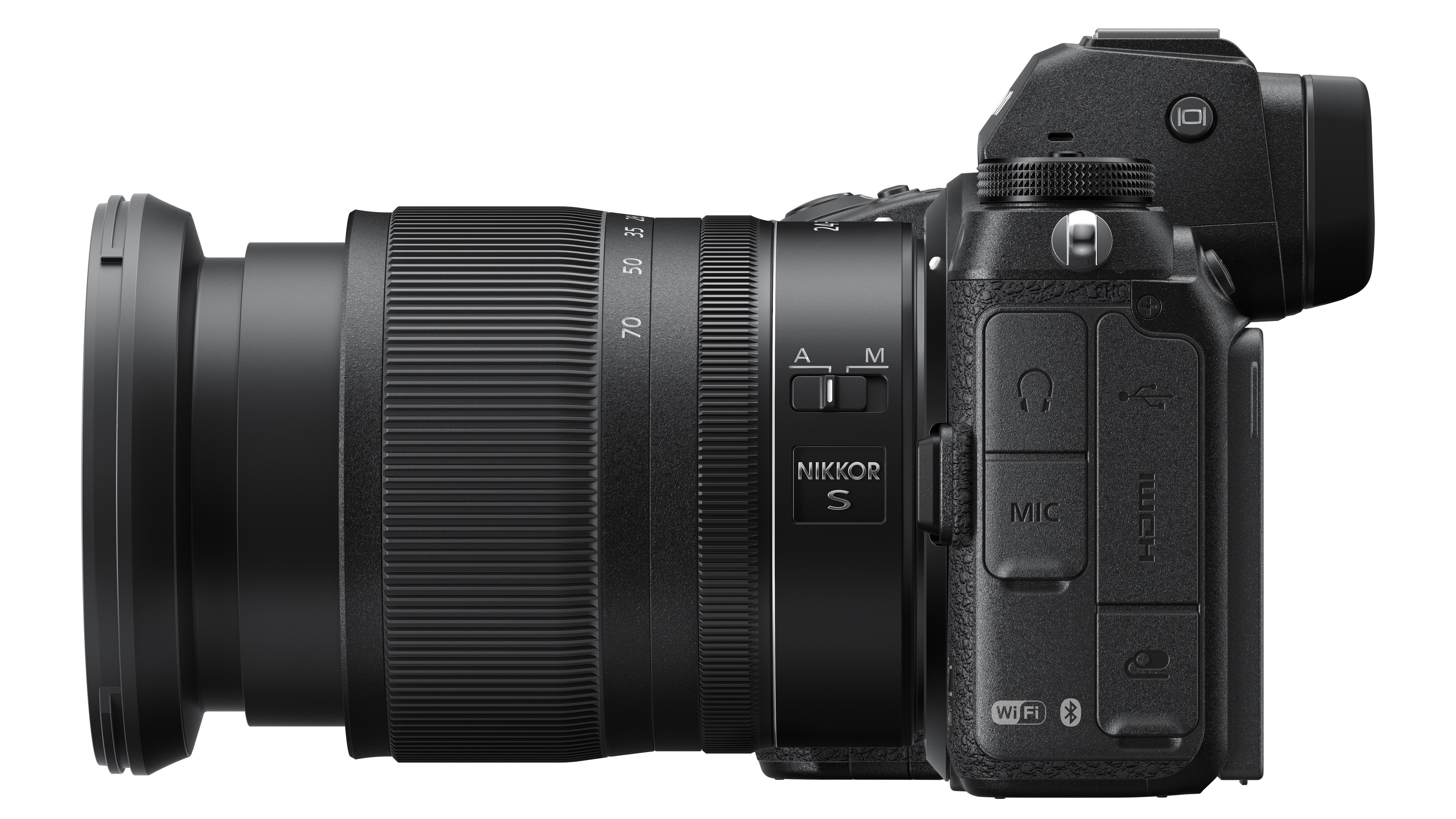
Nikon Z 7II Review: Features
As most of the exterior design of the Z7 II remains the same as its predecessor, it’s internally where you’ll find the majority of big differences. Although it has the same 45.7 megapixel full-frame sensor, it now has two Expeed 6 processors, rather than one, which facilitates a number of improvements.
Those with an interest in video recording will be pleased to learn that 60p at 4K is now available for the Z7 II, while burst shooting gains an extra frame, going up to 10fps from the 9fps of its predecessor. The extra processor also helps the buffer to clear quicker, so you can shoot at those speeds for longer. While 10fps isn’t ridiculously fast, especially not by modern standards, considering the resolution of the camera, it’s still a fairly good compromise for those who aren’t hugely concerned with action photography.
Nikon has also kept the same 493-point AF system for the Z 7II as we saw in the Z7. There have again been some tweaks here though, with new face/animal detection modes. Tracking mode is promised to have been improved, while so has focus acquisition in low-light conditions.
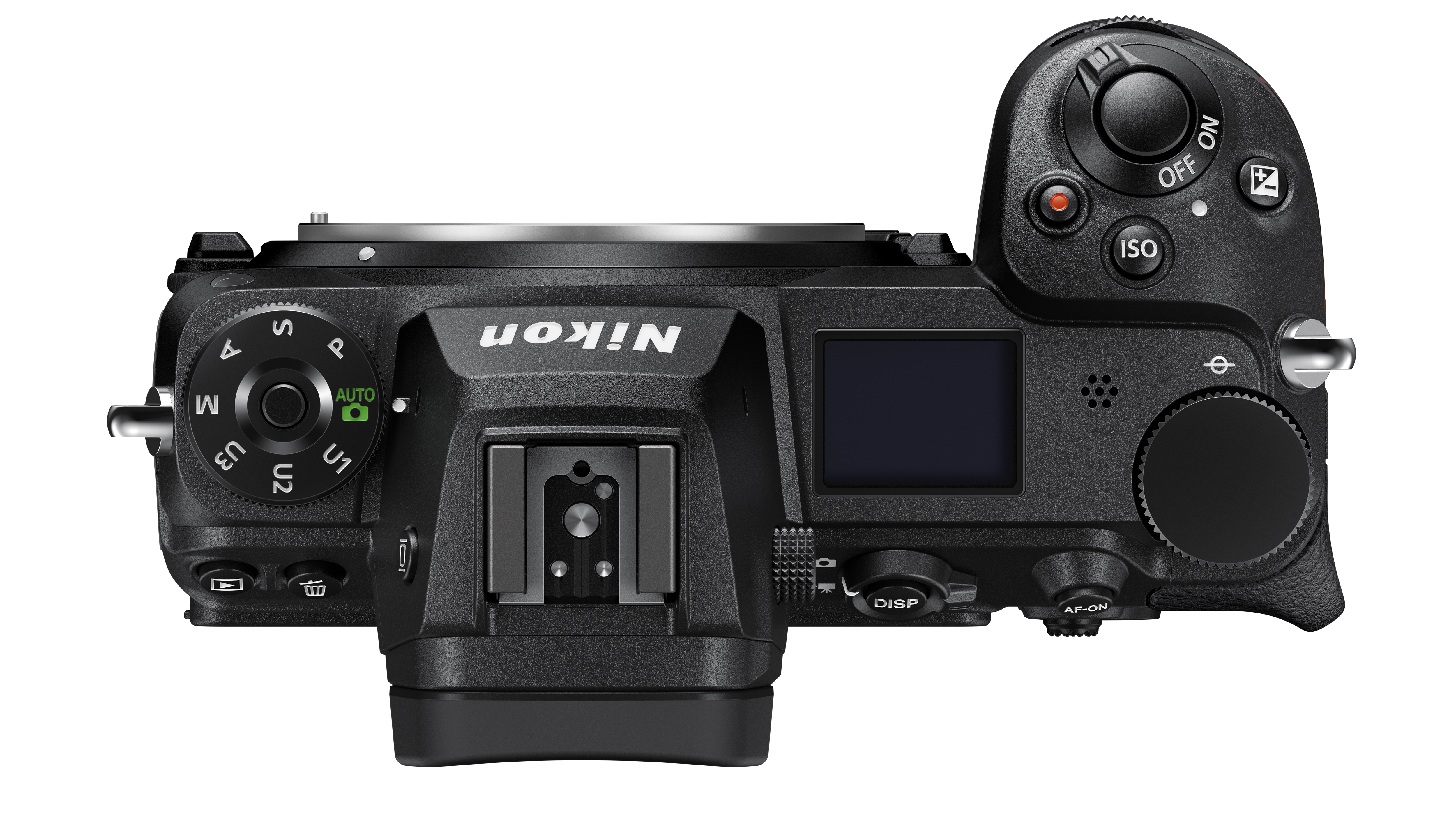
One of the biggest pieces of negative feedback for the Z7 - especially from professional users - was the lack of a second card slot. For those using the camera to record once-in-a-lifetime moments, having the ability to create a backup with the second slot will give huge peace of mind. To save on space, Nikon has gone for a mixed-media approach, so you have one XQD / CFEXpress card slot, and another, which houses the much smaller SD (UHS-II compatible) cards. SD cards are much cheaper and easier to find, while plenty of photographers are likely to already have a stash in their possession - so that’s good news for the bank balance. As well as using it as a backup slot, you can also use it as an overflow, or to record a different type of media (JPEG rather than raw format for instance).
A number of ports are found on the left hand side of the camera, including an HDMI port, a remote control port and a USB-C port which can be used to charge the battery in-camera, without need for an external charger. An improvement for the Z7 II is that you can continue to charge the camera while it is in-use, which will be particularly useful for videographers working with external power-packs.
There is now a much healthier range of lenses and accessories for the Z system than at launch. There’s zooms and primes, and while we’re yet to see many specialist lenses - such as macro lenses - they must surely be on the horizon. While we wait, you can still use DSLR lenses with the Z 7II via Z-mount adapter. With it, for the majority of lenses, you’ll keep full functionality, including AF.
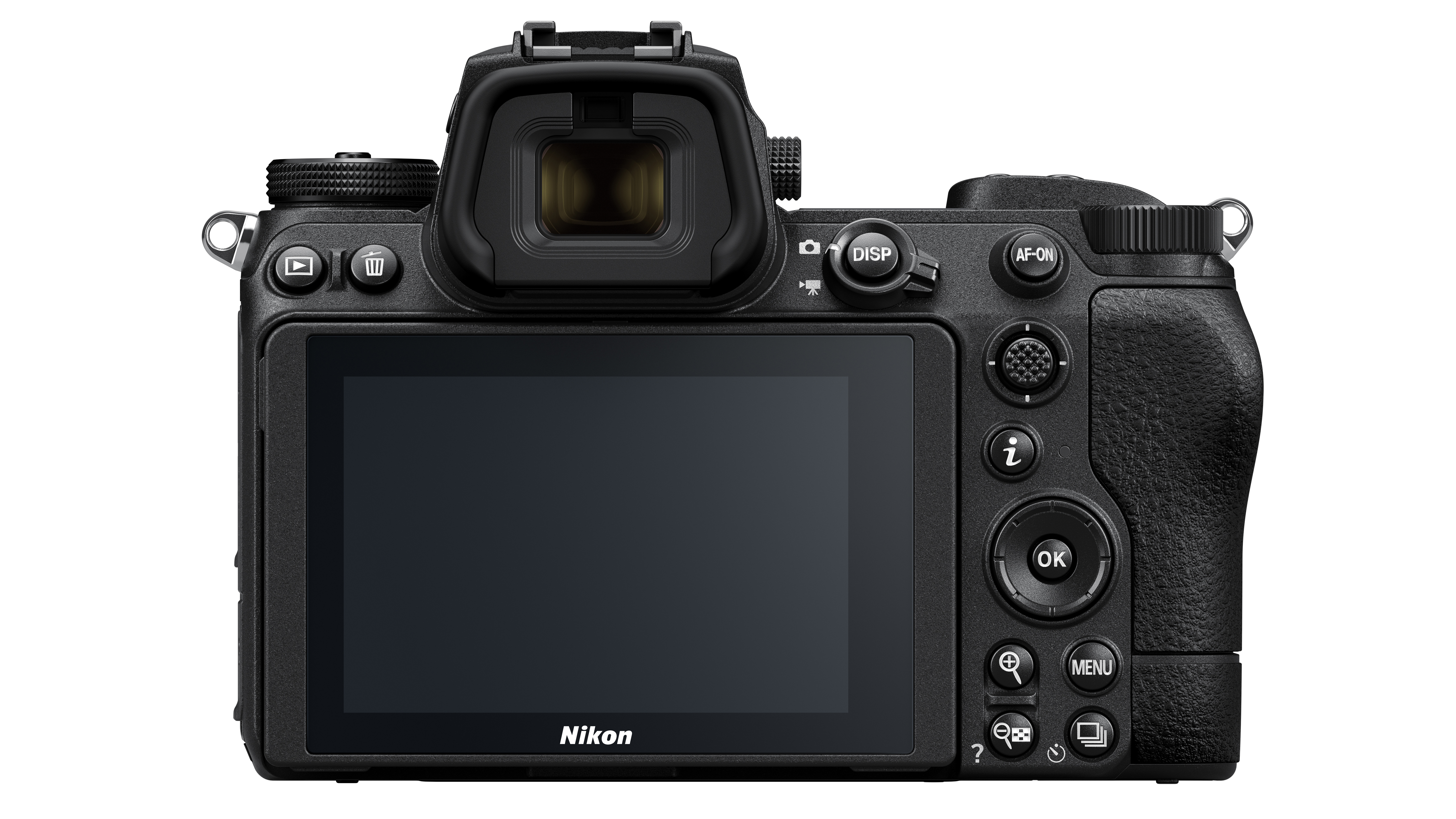
Nikon Z 7II Review: Performance
By using the same sensor as its predecessor, we were pretty assured that the Z 7II would be capable of producing some stunning imagery, just as before. Indeed, with a number of improvements, getting those shots should now be even easier.
As before, the level of detail that the sensor is capable of capturing is superb. With 45.7 megapixels in play, you can also crop your images for better composition while still maintaining a high-enough resolution for large prints and so on.
Colours are nicely vibrant and punchy in a good range of conditions, with the raw files being very open to manipulation in raw processing software such as Adobe Camera Raw. Nikon’s all-purpose metering mode does well to produce balanced exposures in all but the highest-contrast situations, while automatic white balance works similarly well in different conditions.
When it comes to low-light shooting, having so many pixels can in fact be a disadvantage. While the Z7 II copes well at fairly high ISOs, those with a smaller resolution fare a little better. If you’re particularly fond of shooting in low-light conditions and intend to do it often, then this is perhaps not the camera for you. Otherwise, if you’re only shooting in dimmer conditions relatively infrequently, you should be satisfied if you keep to below ISO 12800 for the best results.
In terms of autofocusing performance, there is a noticeable - albeit relatively slight - improvement for the Z 7II when comparing it directly with its predecessor. The addition of animal autofocus also helps with certain subjects. However, it’s still not on a par for fast moving subjects as other competitors which are now on the market, including the Canon EOS R6 or the Sony A7 series. If you’re somebody who only shoots action occasionally, this is probably not a huge problem, but it’s definitely the Z7 II’s weakest area.
Otherwise, for normal focusing on static subjects, the Z 7II is generally very good. It locks onto things quickly and accurately in most conditions, while low-light AF acquisition is also pretty impressive - even with the focusing assist light switched off when you’re trying to be discreet.
Nikon Z 7II Review: Image Samples
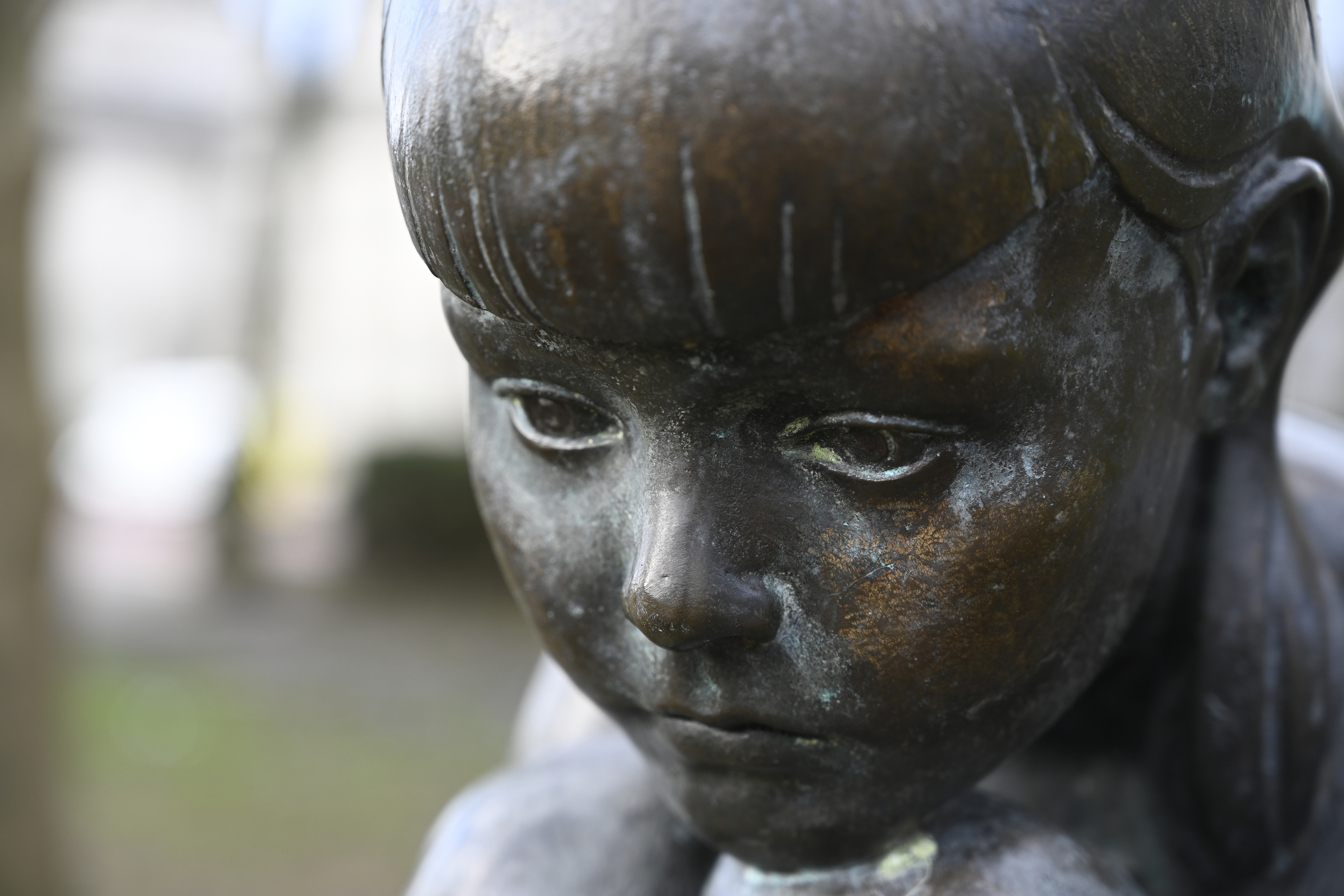
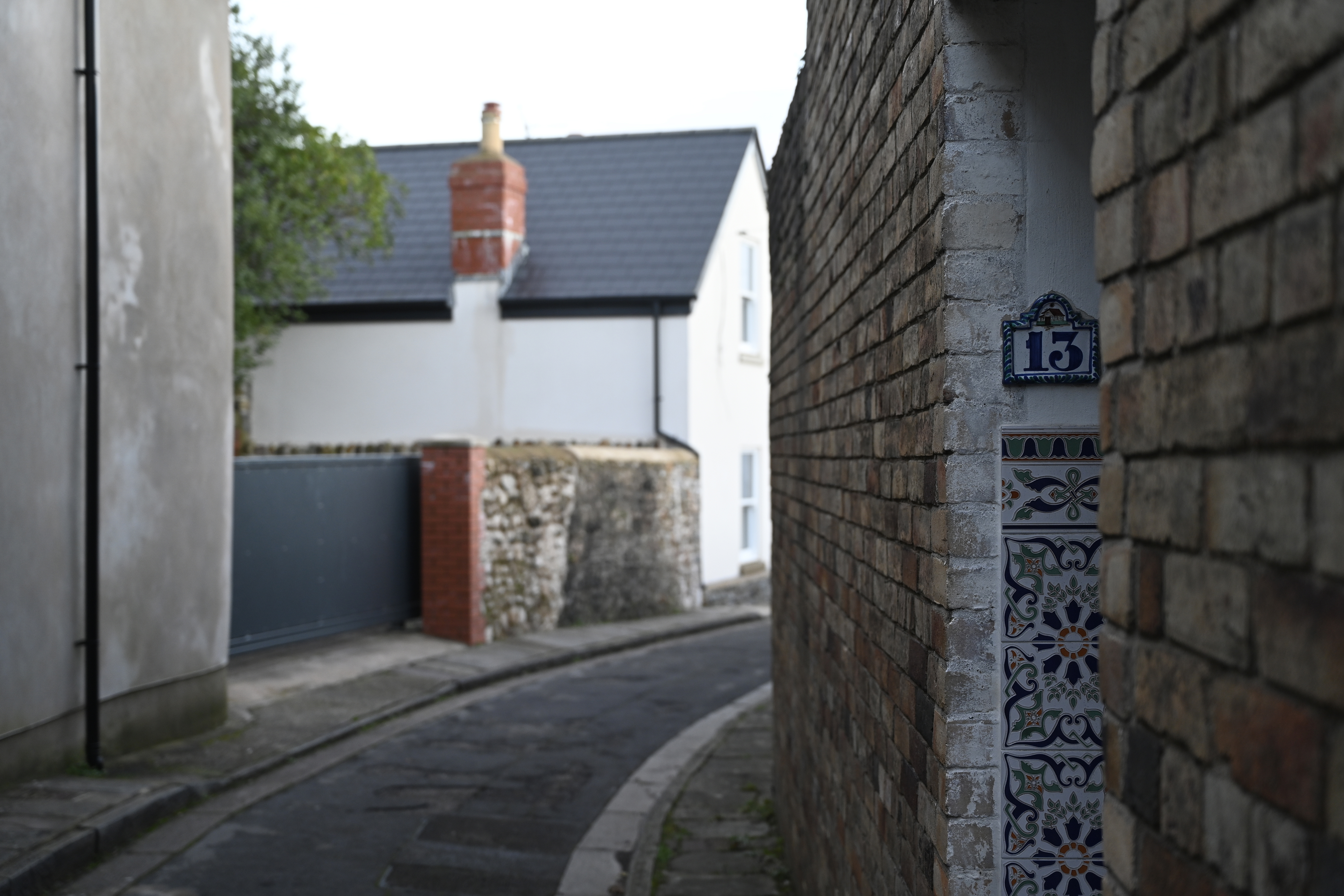

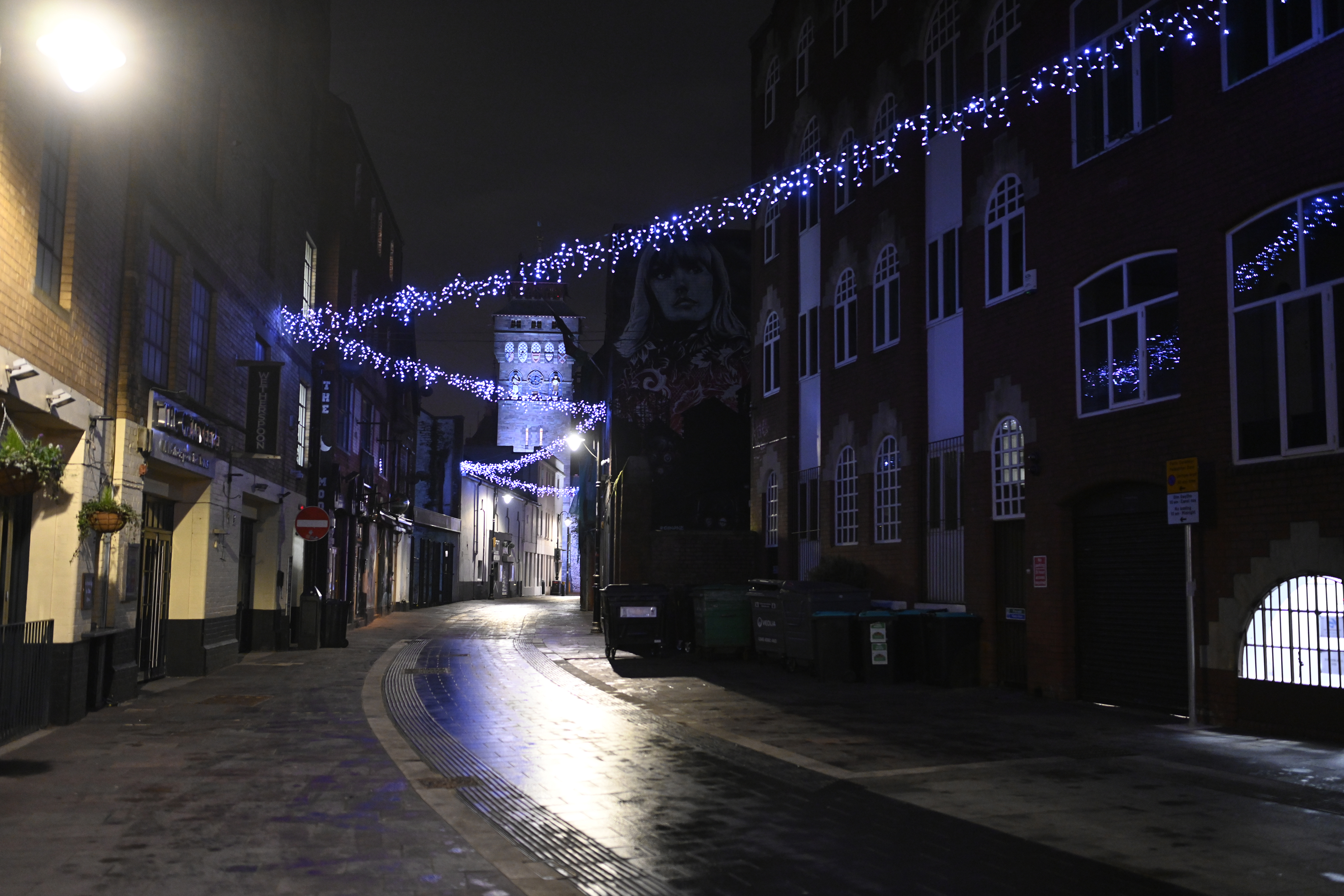


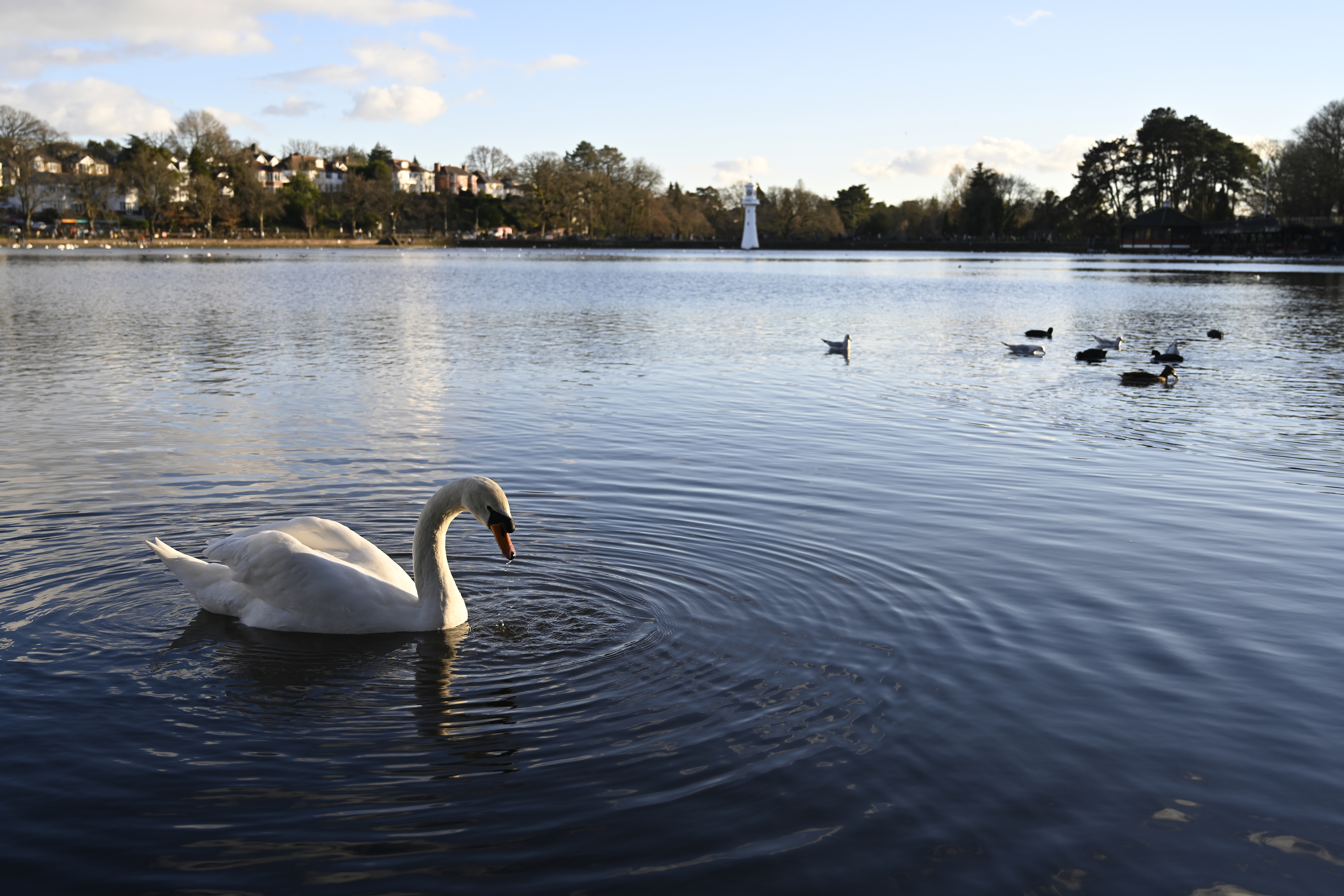




Nikon Z 7II Review: Verdict
Although the Z 7II is undoubtedly a great camera, it’s not a straightforward answer when it comes to whether or not you should buy one. As the original Z7 was so good, if you already have one of those - your decision on whether to make the upgrade will largely depend on what you do with the camera, and whether certain specifications (such as only a single card slot) are particularly problematic for you.
If they’re not, you can stick with the Z7 and enjoy a very similar level of image quality and user experience. Similarly, with the original camera remaining on sale, there’s opportunity there to save a bit of cash by going for the older model.
That said, there are also other considerations to be made. If you are frequently shooting action or low-light, then it’s probably also not the camera for you. In which case, you might want to look towards Nikon’s own Z 6II, or if you’re not so brand-loyal and want class-leading autofocus, the Canon EOS R6 and EOS R5, as well as the Sony A7 series are the ones to look towards.
If you’re somebody who mainly shoots static subjects and wants something which handles extremely well, produces beautiful pictures and has a good - and ever-growing - range of native lenses, then the Nikon Z 7II is an excellent choice.
Liked this?
Amy Davies is a freelance journalist that covers cameras for T3 and many other sites. She is also Features Editor at Amateur Photographer magazine and, when she's not writing about cameras, she's probably taking pictures of her cute dog.
